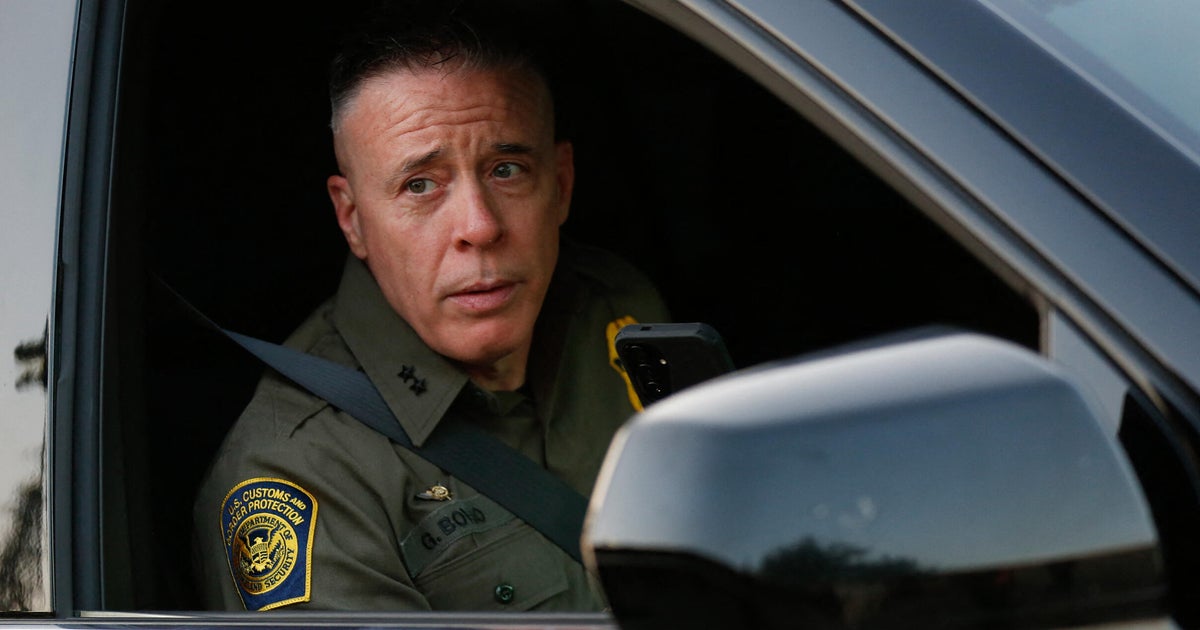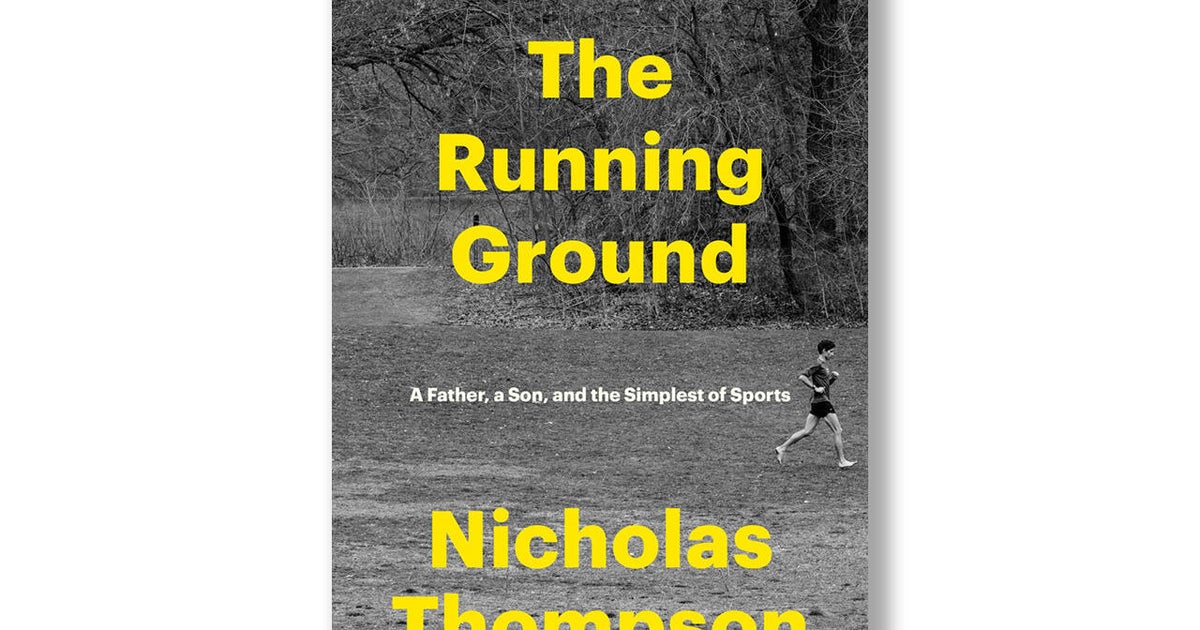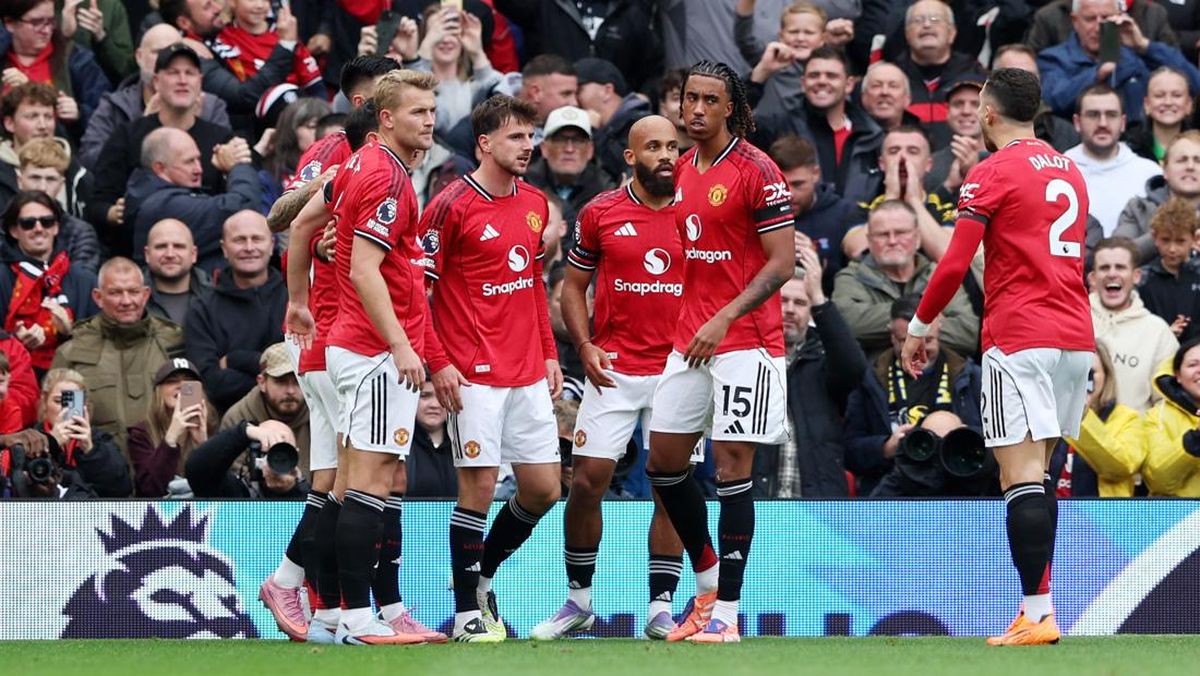In this column, we deliver hot (and cold) takes on pop culture, judging whether a subject is overrated or underrated.
Earlier this year as I finished watching Ryan Coogler’s Sinners, I was surprised by what I heard leaving the cinema.
Viewers weren’t chatting about the movie’s mesmerising sequence merging hip-hop, West African drumming and traditional Chinese opera. Or the mathematical fact that any movie is instantly improved by two Michael B. Jordans in its cast. The retina-blazing ’90s fashion hadn’t sparked conversations either, even though costume designer Ruth E. Carter deserves an Order of Australia for giving Melbourne-born label Coogi its greatest onscreen moment since Kath and Kel celebrated their airport honeymoon in matching knitwear on Kath & Kim decades ago.
Instead, their first instinct was to break down Sinners’ box office performance.

Sinners is an amazing movie. Who cares what it did or didn’t make financially?Credit: AP
What is it about movies that turns everyone into number-crunching accountants? We don’t talk about books or other art forms this way. Imagine telling someone how much you loved Hua Hsu’s memoir Stay True, only to cop unwanted analysis of how its hardback sales could’ve actually been stronger? Or being touched by a Camille Pissarro painting, only to be told this guy was kind of a loser in the sales department while he was still alive?
Even though Sinners was a critical (and, eventually, commercial) success, a Variety post downplaying its financial achievements went viral. “Profitability remains a ways away” was such a weird comment to drop during a movie’s first week of release that people responded in droves.
It illustrated how box-office talk cannibalises movie discourse: even when a film does well, there are not-so-subtle reminders that the money could be better. It’s like parents comparing your salary to their friends’ better-earning kids, a situation forever rigged to be unfavourable.
Discussion of Sinners’ apparently limited international box office potential also became problematic. The idea that “stories rooted in Black culture can be difficult sells overseas” is “empirically false”, Franklin Leonard wrote on his Substack newsletter. The Black List founder and Hollywood commentator noted on social media, “When was the last time anyone asked the same thing about a movie whose primary audience in the US was white?”
This fixation with cinema numbers wasn’t always a thing, though.
“Before Star Wars, the press seldom wrote about a film’s first ‘weekend gross’. Afterward, they never stopped,” restaurateur and retired filmmaker Keith McNally wrote in his memoir, I Regret Almost Everything. “Perhaps Star Wars is a phenomenal film. I wouldn’t know. I’ve never seen it.”
Sure, strong revenue can be a noteworthy barometer of pop-culture zeitgeist or cinema-going interest, but sometimes the conversation around movies becomes a monotonous game of box-office watch. People end up talking about big-budget Marvel movies with the same financial concern reserved for someone requiring GoFundMe help because they’ve actually lost their job.
Sometimes movies that are truly original and interesting (Furiosa: A Mad Max Saga, Popstar: Never Stop Never Stopping) end up being swallowed by chatter around their commercial underperformance.

The limited box office take of 1995 flop Cutthroat Island is literally the least interesting thing about it.
In Box Office Poison, critic Tim Robey writes that financial flops are “among my favourite films ever made, and I have an ever-growing affection even for the runts of the litter”. His book features works by admired filmmakers (David Lynch, Charlie Kaufman, the Coen Brothers), as well as Cats, Gigli and other infamous bombs.
Box Office Poison proves there are more interesting ways to cover a film than its proceeds. Take, for instance, one of cinema’s most infamous flops: 1995’s Cutthroat Island.
The film’s expenses ballooned with director Renny Harlin reportedly spending “$US15,000 to break quarantine and get his dog through Maltese customs”, and actor Matthew Modine witnessing “dozens of cases of V8 vegetable juice being shipped in… most of which remained unopened in a storeroom”. The movie’s pirate ships had 20 functional cannons on each side, at $US1 million a pop.
Bean-counters might point out that the film’s worldwide gross was less than that very expenditure, but Cutthroat Island’s commercial failure is the least interesting thing about the project. The behind-the-scenes drama deserves its own script: on his first day, actor Oliver Reed ended up brawling in a bar and revealing his eagle-claw tattoo to colleagues (yes, it was in the most inappropriate place you can think of). He was, unsurprisingly, let go from the movie.
Many classics were initially commercial flops (Children of Men, Mulholland Drive) and I can’t tell you the bottom line for films like Parasite or Challengers – only that they left me exhilarated as I left the cinema, just as Sinners did.
Of course, it’s heartening when your favourite films get financially rewarded. Wim Wenders, who has been making movies since the 1960s, recently scored his biggest hit with Perfect Days, his poetic depiction of a cleaner who scrubs Tokyo’s cutting-edge toilets.
But there are more interesting ways to measure a film’s success beyond the box office. Like Dune supercharging the novelty popcorn box industrial complex to be weirder than ever. Sideways causing merlot sales to drop after its release. Perfect Days inspiring people to visit A LOT of toilets in Japan (in a good way).
Loading
Anything’s more interesting than stripping movies down to financial numbers. Because there’s so much more value to a movie than what it did (or didn’t) make over the weekend.
Get a weekly wrap of views that will challenge, champion and inform your own. Sign up for our Opinion newsletter.
Most Viewed in Culture
Loading


















































